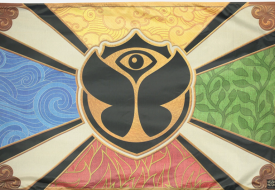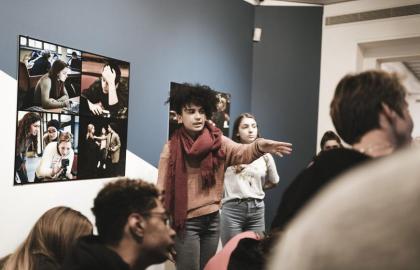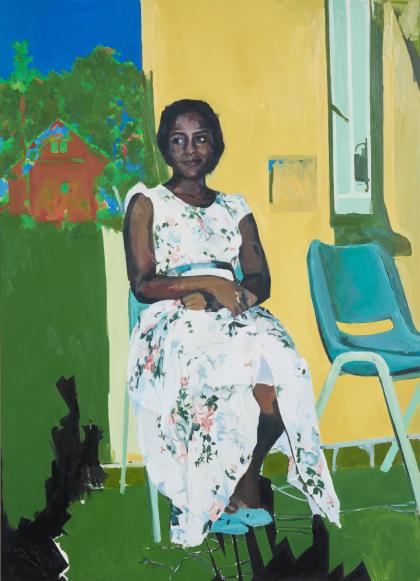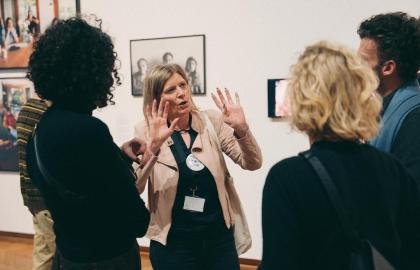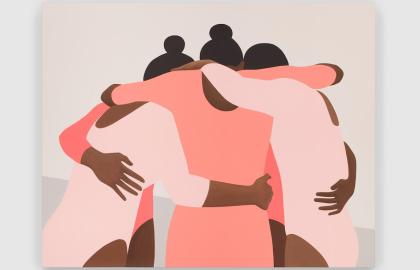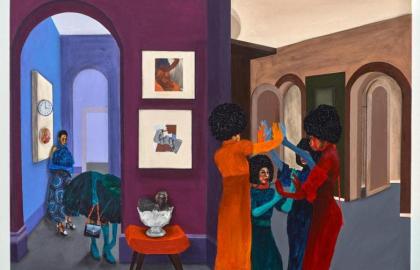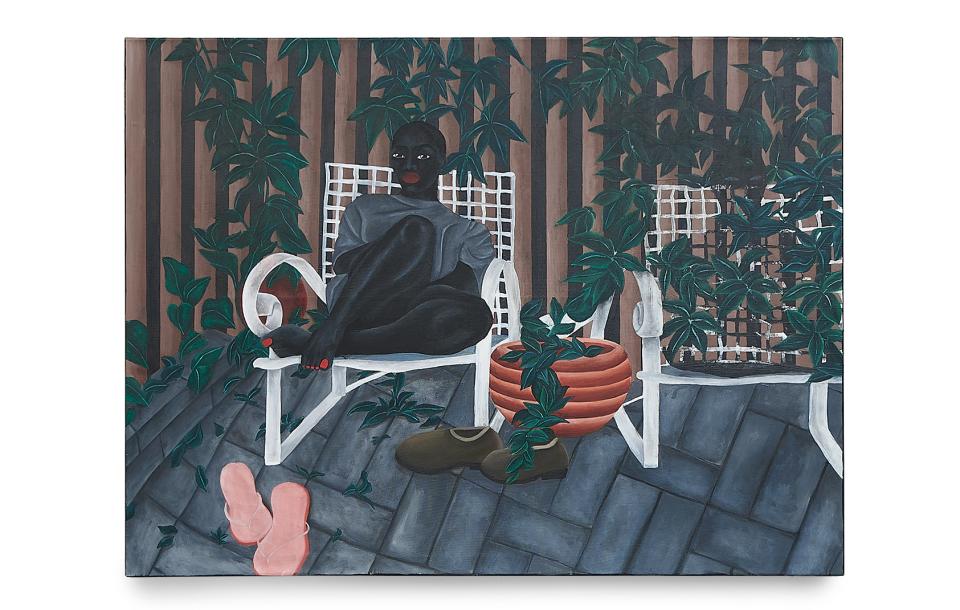
1. The Everyday: The Conversation, Zandile Tshabalala
The young South African artist Zandile Tshabalala explores solitude in a work titled The Conversation (2020), depicting a woman lounging outside, barefoot in a white lawn chair surrounded by greenery. While Pemba is one of the older artists in the exhibition, Tshabalala is the youngest artist in When We See Us. She challenges the peripheral role of Black women in Western art history by painting them in ways that show them having agency.
2. Repose: Constant III, Sungi Mlengeya
Some of the figures are holding each other up to show camaraderie, as seen in the painting Constant III (2019) by Tanzanian artist Sungi Mlengeya, depicting two women embracing one another. Her paintings make use of minimalist forms and negative space to create portraits of Blackness and womanhood, depicting dark figures in shades of black and brown placed against white backgrounds. Her paintings often depict women who are empowered.
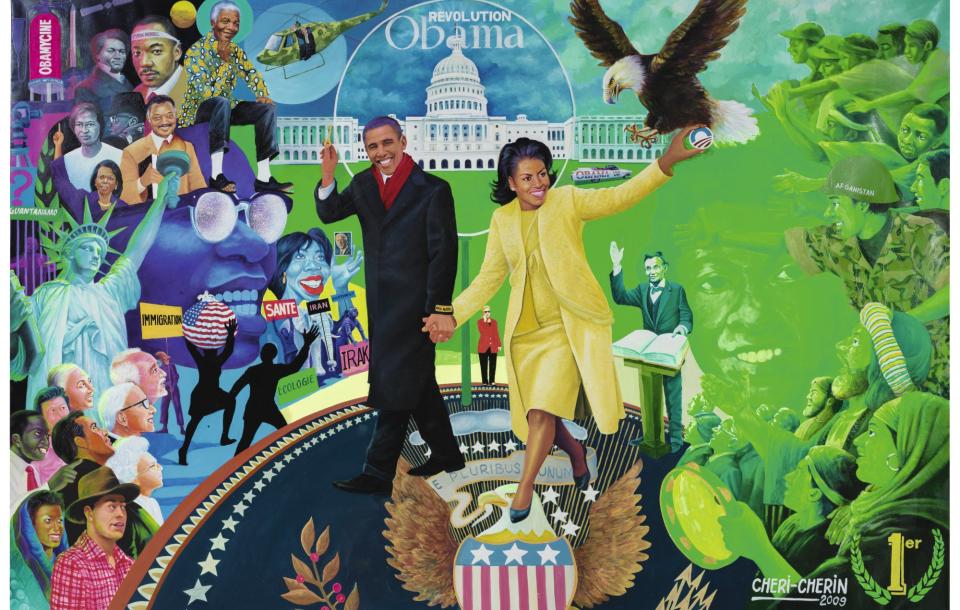
3. Triumph and Emancipation: Obama Revolution, Chéri Chérin
The large painting Obama Revolution (2009) reflects on the election of the first Black US president, vibrantly illustrated by Congolese artist Chéri Chérin. Former President and First Lady of the USA, Barack and Michelle Obama, are positioned in the centre of the painting, smiling and proudly holding a key to the White House as well as the Obamacare logo. Surrounding the Obamas are many other influential revolutionary figures in history, such as Nelson Mandela and Frederick Douglass. In this allegorical painting, the artist is paying homage to those who came before the Obamas and is celebrating Black political leadership.
4. Sensuality: Blue Park Lovers, Dominic Chambers
American artist Dominic Chambers’s painting suggests that a romantic picnic in a serene blue park can be sensual. Painted in 2020, he depicts a couple resting on the ground, gazing at each other. Chambers’s colour-saturated paintings make reference to literature, mythologies, magical realism, and African American history, imagining creative, contemplative scenarios that counter negative stereotypes about Black existence.
5. Spirituality: Untitled [Corbillard des Pauvres], Emma Pap’
In the painting Untitled [Corbillard des Pauvres] (1987) by Emma Pap’ on the back of the central boomerang wall, we witness a community that has shown up in large numbers for a burial service. Central to all of this activity is a man in white and red Christian garments. The three crosses on his sash and neck are telling. His arms are raised up, and he presides over a dead body that has been placed on a purple mat. Emma Pap’ was born in 1960 and spent several years in Bujumbura experimenting with German religious painting and became known for his surrealism. He enjoyed international success, benefiting from patronage that allowed him to focus full time on his practice. He moved to Kinshasa, where he won first prize at an exhibition held by the French Cultural Centre; however, his artwork also briefly landed him in prison for causing offence. He sadly died young, at the age of 36.
6. Joy & Revelry: The Card Game, Jacob Lawrence
Jacob Lawrence paints revelry and play in a scene with four opulent people sitting around a red table enjoying a game of cards in 1953. He was an acclaimed painter who depicted African American history and contemporary culture. Arriving in New York City in the 1920s, he was raised and trained during the Harlem Renaissance, an intellectual and cultural revival of African American arts centred in Harlem, New York City, spanning the 1920s and 1930s. His works portray the essence of Harlem with vibrant colours and geometric forms.
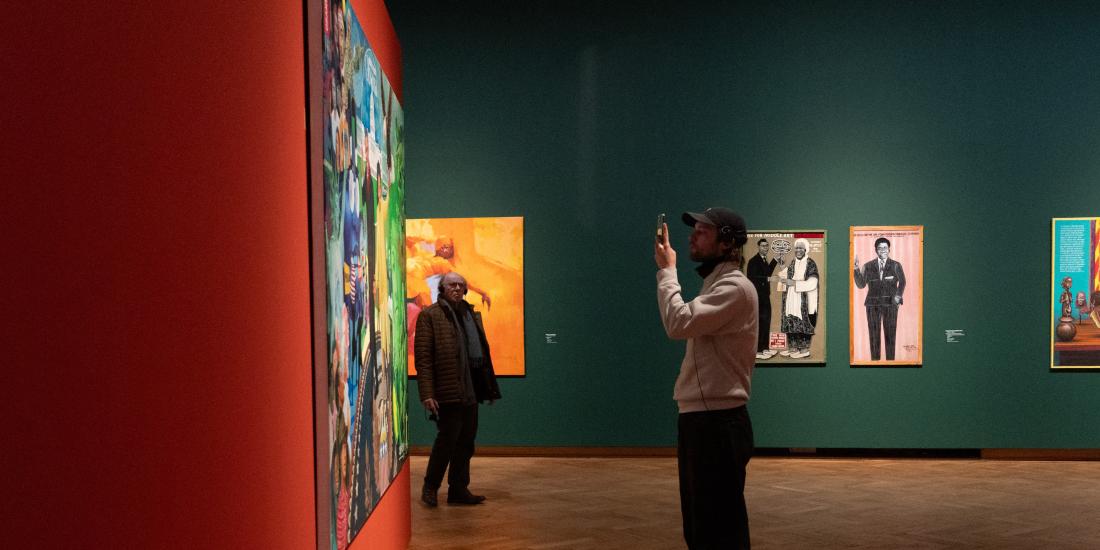
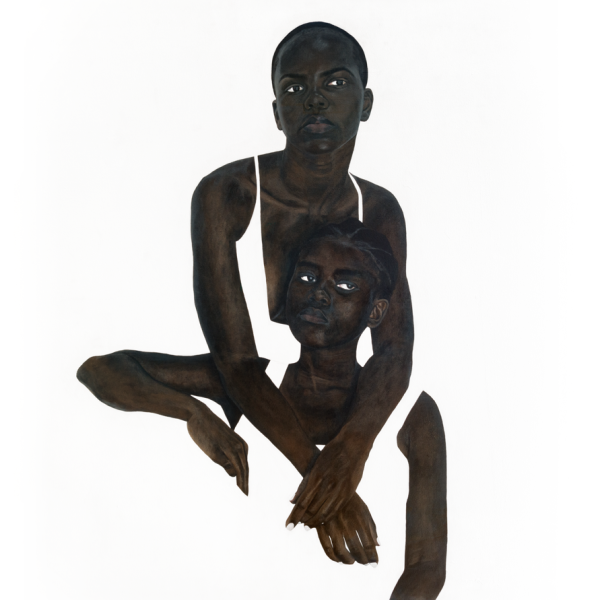
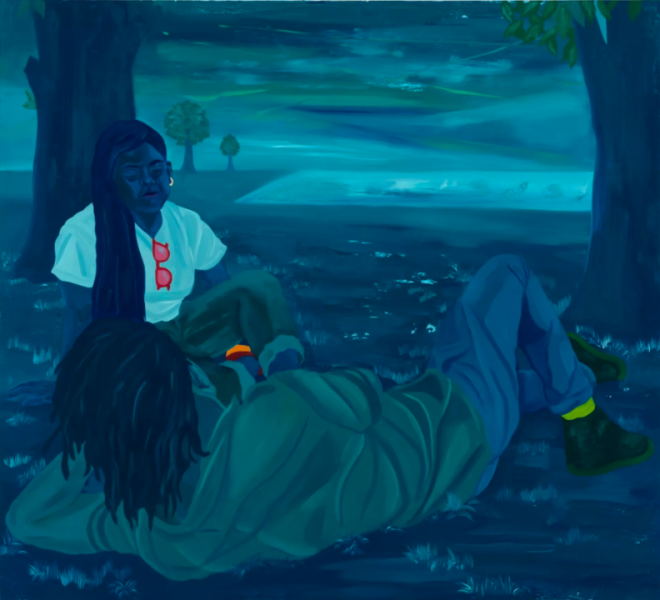
![Emma Pap’, Untitled [Corbillard des pauvres], 1987. © Iwalewahaus, University of Bayreuth](https://www.bozar.be/sites/default/files/styles/image_gallery/public/media/images/Schermafbeelding%202025-05-06%20163336.png?itok=QNyQRBIc)


